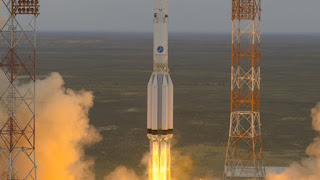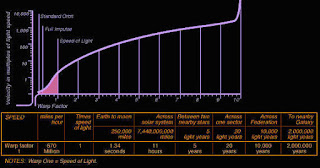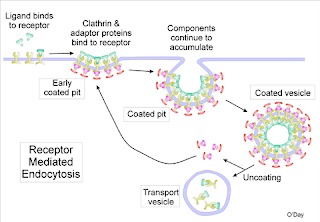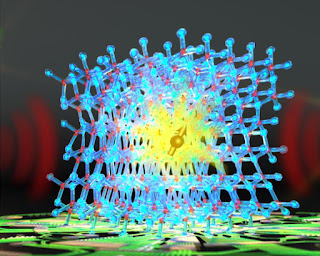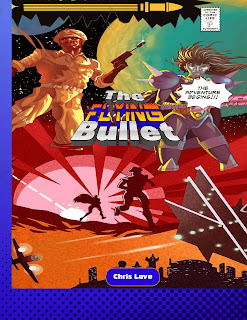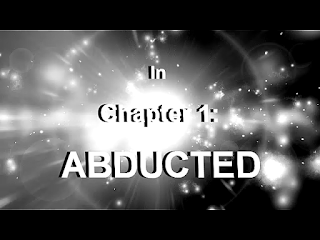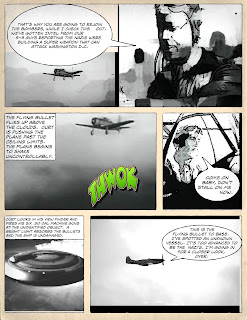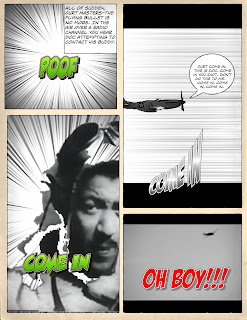I wrote a short essay today briefly discussing my thoughts on the paradigm of Black Sci Fi, specifically dealing with technology and future speculation. Anyone have any thoughts on the subject?
http://kimaniali.com/my-writings/destruction-brilliance-paradigm-black-sci-fi/
DESTRUCTION AND BRILLIANCE: THE PARADIGM OF BLACK SCI-FI
Disclaimer
My statements will often be in conflict with popular scientific opinions (which is not the same as the latest scientific research). Because this essay is not geared toward the academia crowd, I will make several claims without providing sources. This is because I have already done my research and I believe in your ability to do yours. It would also make this essay very long. However, please feel free to ask me for sources or debate points.
I also do not believe that Western physical science is the pinnacle of what has or can be achieved and I have no reason to, according to official peer-reviewed research. I believe that ancient science surpassed Western physical science. More specifically, I believe that Westernscience has not surpassed Melanoid (people with significant melanocytes [darker skin colors] and neuromelanin) science. Now that the disclaimer is out of the way, let’s talk about Science Fiction.
Two Types of Sci-Fi
Devastation
Western science is aggressive toward life.
I do not feel the need for in-depth discussion of the definition of Sci-Fi. Let us focus on the element of futuristic speculation. What is the future as depicted by the paradigm of Western science? Devastation. There are only a handfull of scenarios foreseen for Western White civilization: dystopia, the end of humans on Earth, or the former plus planetary colonization. And the fourth option is the perpetual recycle of the first and third scenarios.
If I really wanted to talk about the causes for the eventual end of humans on a particular planet, this essay would be several pages long. However everyone should be familiar with at least four: belligerent A.I., mutually assured nuclear destruction, ecosystem annihilation, and plague.
These scenarios all are caused by the progression of Western science. It aims to control and subvert–even destroy–nature. The air quality continuously drops. The world’s waters become increasingly inhabitable and unconsumable. The ecosystems’ balance is imbalanced. Humans’ suffer unnatural sickness directly because of it. Western science is aggressive toward life. And the Western world has no intention of changing its course, as this Yale University “Atmosphere, Ocean & Environmental Change” course snapshot clearly shows. Reduce human populations and slow 3rd World Economic Growth?! Obviously, they feel that some people are gonna have to stop polluting and it’s not going to be the Western world.
My question is this: why does the future necessitate bleakness? The answer is that it doesn’t.
Brilliance
I went to college to be a historian. I did not complete that degree path, but I never lost the love for history or the knowledge of how to research. In my three-and-a-half semesters in college, and even more years of independent research, I have never seen evidence of the fear or reality of a dystopian Melanoid (remember that word from the disclaimer?) civilization.Melanoid science has never been found to be aggressive toward life.
If you look at the records, Melanoid architecture was not rife with rife toxic materials. It used the natural materials in the surrounding area. Large-scale cities did not produce air pollution, ecological imbalance or chemical-related sicknesses. What Melanoid science did do was explore the workings of the universe and successfully ensure healthy futures for the next generations.
Feats of Melanoid Science
Megalithic Structures
I would like to begin winding down this essay, so I will briefly showcase some examples of Melanoid science. The most commonly known is that of megalithic structures (which Western science cannot currently reproduce). Take the Giza Pyramid complex. These massive structures were built without mortar–very important. They contained several standard, yet complex, mathematical measurements such as the Meter and Pi. They harnessed energy. How these structures were built is not known in the popular narrative of Western science. However, many including myself believe a gravity-manipulating sound technology was used. As the pictures below show, megalithic structures are global.
 http://i1.wp.com/kimaniali.com/wp-content/uploads/2016/05/TeotiHuacan.jpg?resize=1024%2C589 1024w, http://i1.wp.com/kimaniali.com/wp-content/uploads/2016/05/TeotiHuacan.jpg?resize=469%2C270 469w" sizes="(max-width: 300px) 100vw, 300px" width="294" height="170" />Teotihuacan Pyramid of the Sun
http://i1.wp.com/kimaniali.com/wp-content/uploads/2016/05/TeotiHuacan.jpg?resize=1024%2C589 1024w, http://i1.wp.com/kimaniali.com/wp-content/uploads/2016/05/TeotiHuacan.jpg?resize=469%2C270 469w" sizes="(max-width: 300px) 100vw, 300px" width="294" height="170" />Teotihuacan Pyramid of the Sun Angkor Wat
Angkor WatThe Cosmos
Melanoid Science has long had expansive knowledge of the cosmos. Many people are familiar with the fact that the Dogon people were aware of the Sirius Star System (invisible star in there) for ages before Western science could even conceptualize its existence. We also did things like build cities and spiritual building complexes in line with the stars. I do not know why at the time.
 http://i1.wp.com/kimaniali.com/wp-content/uploads/2016/05/Dogon-Ritual-Dance.jpg?w=1024 1024w, http://i1.wp.com/kimaniali.com/wp-content/uploads/2016/05/Dogon-Ritual-Dance.jpg?resize=360%2C270 360w" sizes="(max-width: 300px) 100vw, 300px" width="294" height="221" />Dogon Ritual Dancer
http://i1.wp.com/kimaniali.com/wp-content/uploads/2016/05/Dogon-Ritual-Dance.jpg?w=1024 1024w, http://i1.wp.com/kimaniali.com/wp-content/uploads/2016/05/Dogon-Ritual-Dance.jpg?resize=360%2C270 360w" sizes="(max-width: 300px) 100vw, 300px" width="294" height="221" />Dogon Ritual DancerUnified Perspective On Science
One of the most crucial features of Melanoid science is the successful realization that the physical realm is not the only realm. Melanoid science took a unified approach: the physical and metaphyical/spiritual realms were intertwined and not mutually exclusive. That is why in Melanoid civilizations the priests would be the scientists, would be the doctors, would be the physicists, would be the astronomers.
Walking On Water
In India an 30-mile long bridge accross  http://i0.wp.com/kimaniali.com/wp-content/uploads/2016/05/250px-Adams_Bridge_aerial.jpg?resize=203%2C270 203w, http://i0.wp.com/kimaniali.com/wp-content/uploads/2016/05/250px-Adams_Bridge_aerial.jpg?w=250 250w" sizes="(max-width: 225px) 100vw, 225px" width="225" height="300" />ïthe water to Sri Lanka was built about 1.7 million years ago. It was crossable until a hurricane destroyed it in the 1400s.
http://i0.wp.com/kimaniali.com/wp-content/uploads/2016/05/250px-Adams_Bridge_aerial.jpg?resize=203%2C270 203w, http://i0.wp.com/kimaniali.com/wp-content/uploads/2016/05/250px-Adams_Bridge_aerial.jpg?w=250 250w" sizes="(max-width: 225px) 100vw, 225px" width="225" height="300" />ïthe water to Sri Lanka was built about 1.7 million years ago. It was crossable until a hurricane destroyed it in the 1400s.
Tying Into Sci-Fi Afrofuturism
In conclusion, I believe that Black Sci-Fi creators should be aware of an alternate to Western futuristic speculation and science and accordingly create worlds with these alternate elements. For one, it is directly relevant to our Melanoid lineage. Second, if nothing else, it would provide interesting new-ish narratives and could become a defining mark of Black Sci-Fi.
Please share your thoughts in the comments. If you want sources or more information and examples, feel free to ask. I apologize if this seemed long-winded. That is the historian in me coming out.

